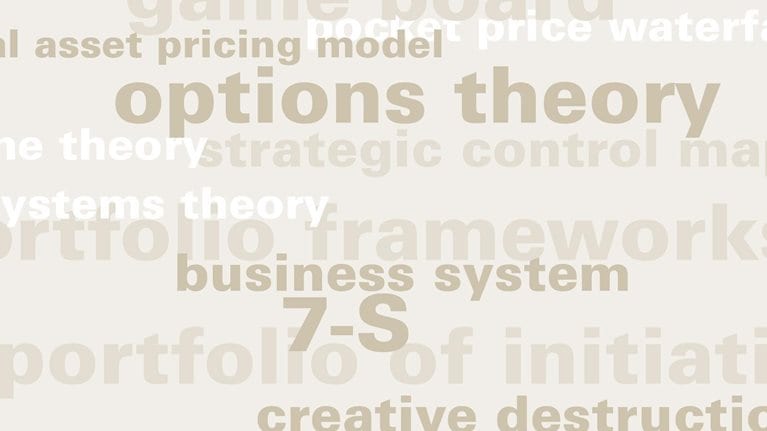The Structure Conduct Performance (SCP) model dates back to the pioneering work of the Harvard economist Edward Mason, in the 1930s, and of his doctoral student Joseph Bain, in the 1950s. Originally used by the US government in crafting antitrust policy, the model gained popularity among corporate strategists when Michael Porter (Competitive Strategy, 1980) used it as an analytic tool for businesses striving to compete within a market. The model's original form depicts the influence of an industry's structure (for example, the growth of demand and barriers to entry) on the conduct of producers (pricing, for example) and the performance of both the industry and the producers.
In the 1980s, McKinsey suggested an extension that added a dynamic element to a static framework. The dynamic version suggests that the relationships among structure, conduct, and performance are not unidirectional; they flow in the opposite direction, too. This approach allows companies to consider the influence of their own conduct on an industry's structure and, ultimately, on their own performance. Many companies use the revised model to "play through" various scenarios that might affect them, to gain an understanding of what's happening in their industries, and to develop their strategies. The seemingly timeless dynamic SCP framework is useful across regions and industries.
John Stuckey, a director emeritus in McKinsey’s Sydney office, comments on SCP.
